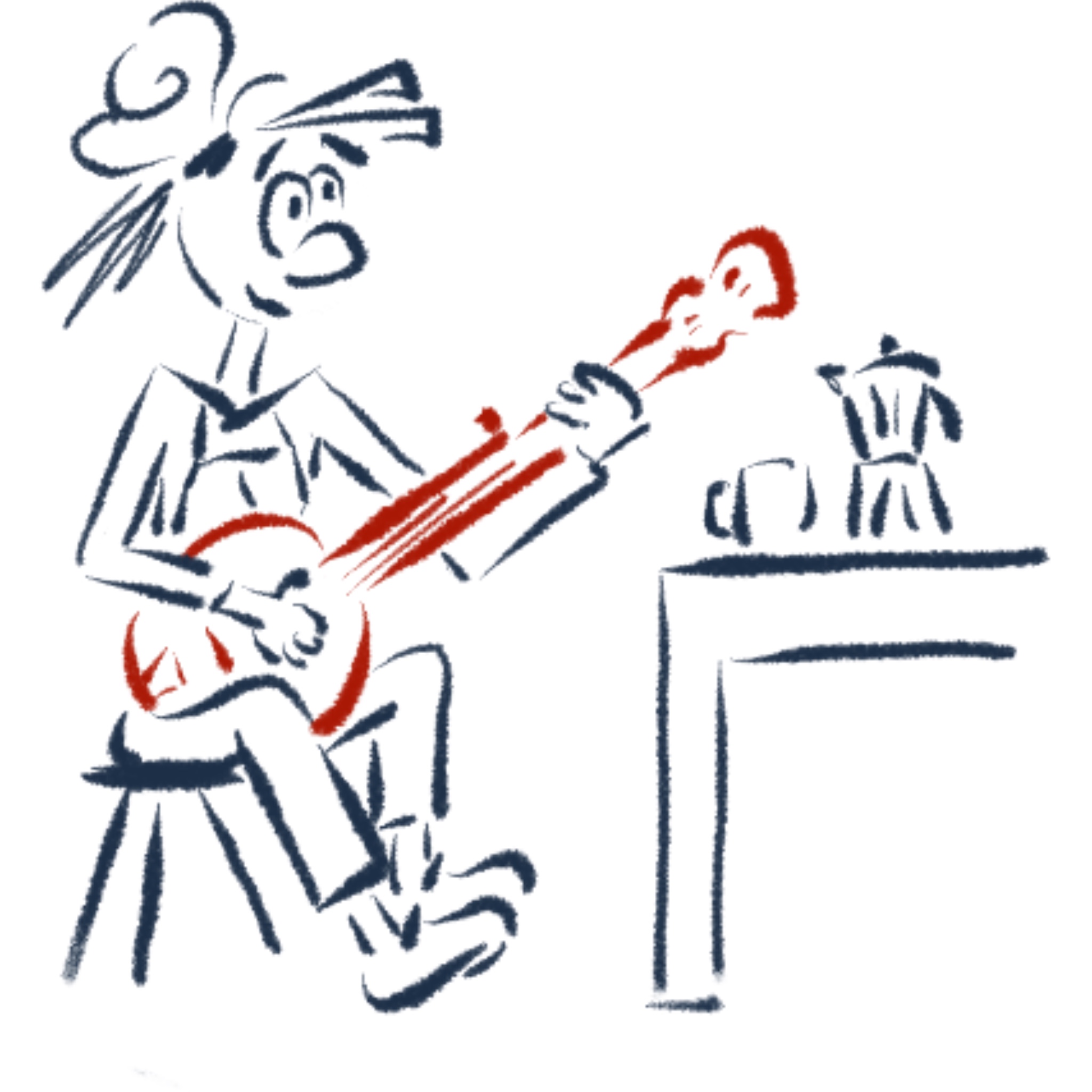
The big political changes occurred between the 19th and 20th century completely changed the physiognomy of string production.
Between 19th and 20th century big changes occurred, so much that we can hardly recognize the musical string of the 20th cent as an evolution of the Italian gut string of the 18th century.
First of all during the 19th century until the first part of the 20th, we assist to a real diaspora of the string makers, going from Salle to France and Germany first, and then to New York, emigrants for political and economical reasons.
- Napoleon embargoed Rome resulting impossible for the string makers to bring on their business, they had to move to Naples, Lyon, Paris, Frankfurt.
- The civil war for Italian Unity was so heavy on the population of central Italy, they felt this new state was very far from them and their needs, they turned brigands or they moved
- earthquakes from 1905 to 1932 destroyed Salle, most of the people emigrated in New York.
- WWI: all the string makers were compelled by the army to make exclusively catgut for surgery, so they introduced a different technology, as those strings had to be longer, stiffer and polished.
Emigration was such a big phenomenon that from the 2400 workers moving from Salle to Rome for the working season in 1750, in 1950 Salle had only 400 inhabitants left...
In the 20th century, the market demand was different: surgery was in the first place, and tennis at second, being a new sport becoming more and more popular.
Music was a difficult market due to the need for many different products and always perfect quality. Working for the big pharmacy firms making only one standard product was more remunerating.
Musicians discovered, thanks to the new technologies applied for the surgical gut, the “perfect fifths”. As the big factories which employed the new polishing machines were mostly in Germany and France, gradually Italy lost its primate in the production of music gut strings.
...and the “modern gut” of the 20th century was born.


